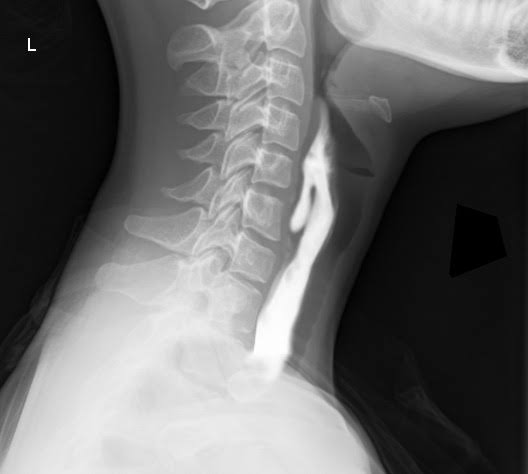Zenker’s diverticulum is a rare condition characterized by the formation of a pouch (diverticulum) in the upper part of the esophagus, just above the esophageal sphincter. It typically occurs through a weak spot in the posterior pharyngeal wall known as Killian’s triangle.

Quick Summary Table
Zenker’s Diverticulum: Summary Table
| Feature | Description |
|-----------------------|------------------------------------------------------------------------------|
| Location | Posterior pharyngeal wall, above upper esophageal sphincter (Killian’s triangle) |
| Type | False diverticulum (mucosa/submucosa only) |
| Risk Group | Elderly males (>60 years) |
| Main Symptoms | Dysphagia, regurgitation, halitosis, cough |
| Diagnosis | Barium swallow (best), endoscopy (with caution) |
| Treatment Options | Endoscopic stapling, open surgery, conservative in mild cases |
| Complications | Aspiration, weight loss, rare risk of carcinoma |
Causes and Risk Factors
- Increased pressure during swallowing
- Weakness in the posterior pharyngeal wall
- Age-related degeneration
- More common in males over 60 years
Symptoms
- Dysphagia (difficulty swallowing)
- Regurgitation of undigested food
- Chronic cough
- Bad breath (halitosis)
- Aspiration
- Weight loss (in severe cases)
Diagnosis
- Barium swallow X-ray: The gold standard
- Endoscopy: Used with caution due to risk of perforation
- Esophageal manometry: May show high pressure at the upper esophageal sphincter
Treatment
Treatment depends on the size and severity of symptoms:
Conservative:
- Observation in mild, asymptomatic cases
Surgical:
- Endoscopic stapling/diverticulotomy: Minimally invasive and preferred
- Open surgical excision: For large or complicated cases
Complications if Untreated
- Aspiration pneumonia
- Malnutrition
- Rarely, carcinoma in the diverticulum
